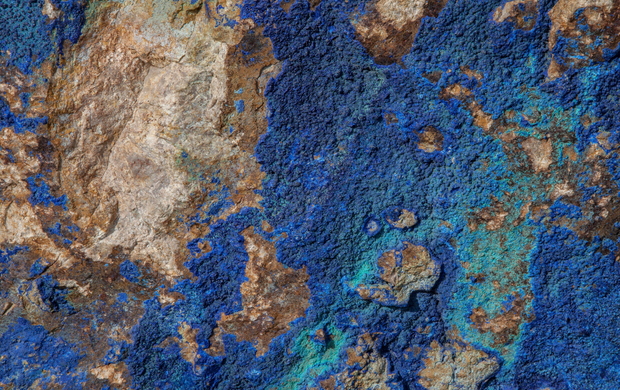Minerals are mysterious compounds formed by the earth through the profound intermingling of deep time, heat and pressure. That there are such a dizzying variety of different minerals is amazing alone, but looking closer at these unassuming substances soon leads to the discovery that since the dawn of time certain stones have held a unique role in the human story.
Below we’re going to take a look at three major minerals, each of which has made a name for itself in surprising ways that have gone on to change the world.
Sphalerite
Of the mysterious minerals listed here, Sphalerite has to be the least popularly known. In truth, there are likely few outside of the field of geology who could tell you the first thing about this bizarre-sounding rock, but – though a circuitous path – this mineral has attained a level of modern popularity few others can hope to match. This is because Sphalerite, otherwise known as zinc blende, is a mineral typically found in context with deposits of the most prized of metals, gold.
During the 1890s, the latest in a succession of gold rushes struck North America, this time in the Yukon basin in Alaska. From across the world, miners and prospectors headed to this remote region with the aspiration of striking it rich. Discovering zinc blende was tantamount to hitting the jackpot as it signalled the likely presence of gold. The miners had a nickname for this mineral – blackjack. Before long, the term was transferred to their favourite card game, Vingt-un, to signify a winning hand – and the rest, as they say, is history.
Blackjack is now the most popular card game played on earth today and is enjoyed both in its diverse online variants and at brick-and-mortar establishments the world over by people from all walks of life.
Lazurite
This exotic-sounding mineral forms the basis of the classical gemstone, Lapis Lazuli. This deep blue stone, often flecked with glittering pieces of pyrite (fool’s gold), was prized above all others in the ancient world, including gold. It sustained the Silk Road trade route that ran all the way from China, through Central Asia to the courts of Europe, and inspired devotion and splendour wherever it appeared.
Lapis Lazuli has been used to denote royal magnificence as far back as we have archaeological records to attest to it – its presence being recorded in some of the finest ancient Sumerian and Egyptian artefacts hitherto excavated. The allure of this stone even took hold in Mediaeval Europe, where its dark blue hue became the basis of the ground paint-pigment colour, Ultramarine.
This blue, particularly highly prized in the early Renaissance, was used to paint the robes of the Virgin Mary in devotional paintings, once again earning pride of place among the precious goods traded from East to West.
Cobaltite
This unassuming sulphite mineral is the leading source of naturally occurring cobalt. This powdery light-blue metallic element is projected to become among the most prized and sought-after materials in the 21st century and beyond. This is because cobalt, which is comparatively rare (60% of the world’s supply is to be found in the Democratic Republic of the Congo), is an essential component in our modern high-tech world.
Not only does it form an essential part of semiconductors, computer chips and circuitry, but it is required for use in most types of rechargeable battery technology. As the world increasingly pivots away from fossil fuels, the race is on to amass the necessary materials, cobalt chief among them, that will be required to meet the impending demand for everything from wind turbines to electric vehicles.
While cobalt is still little known today, this will likely soon change as awareness of its importance to the next generation of technology grows in prominence. If any substance is to be considered the “mineral of the future” then cobalt surely fits the bill.








